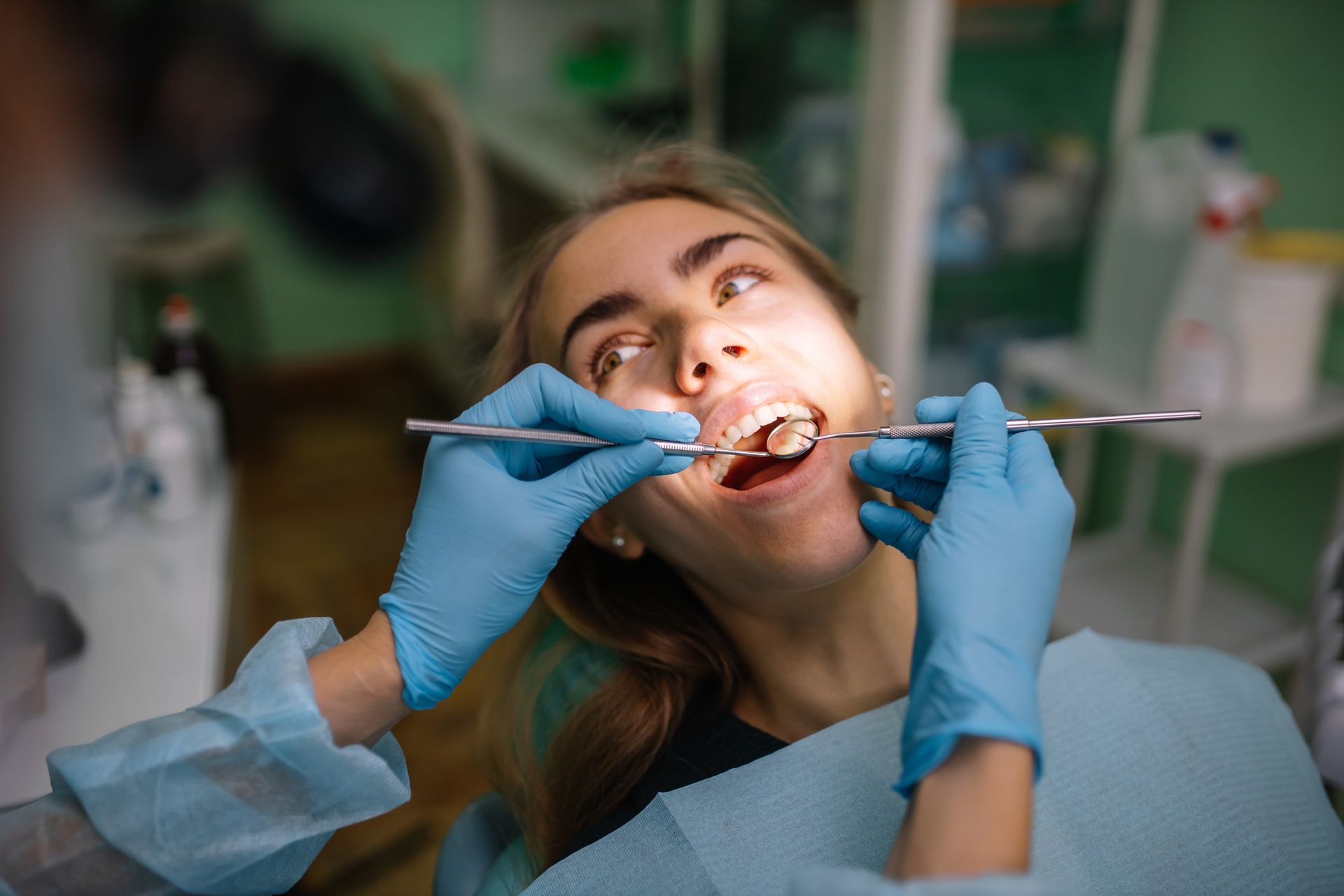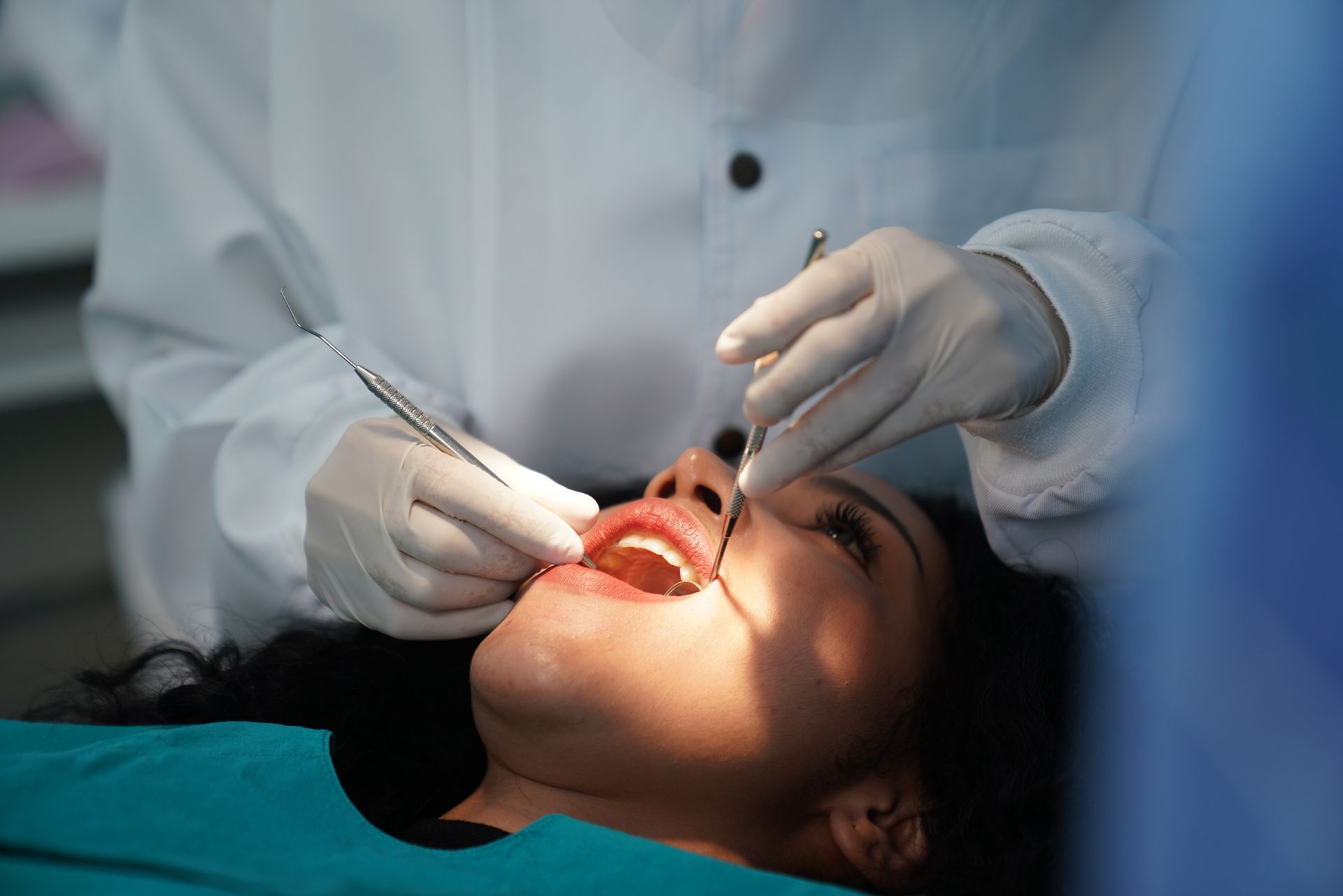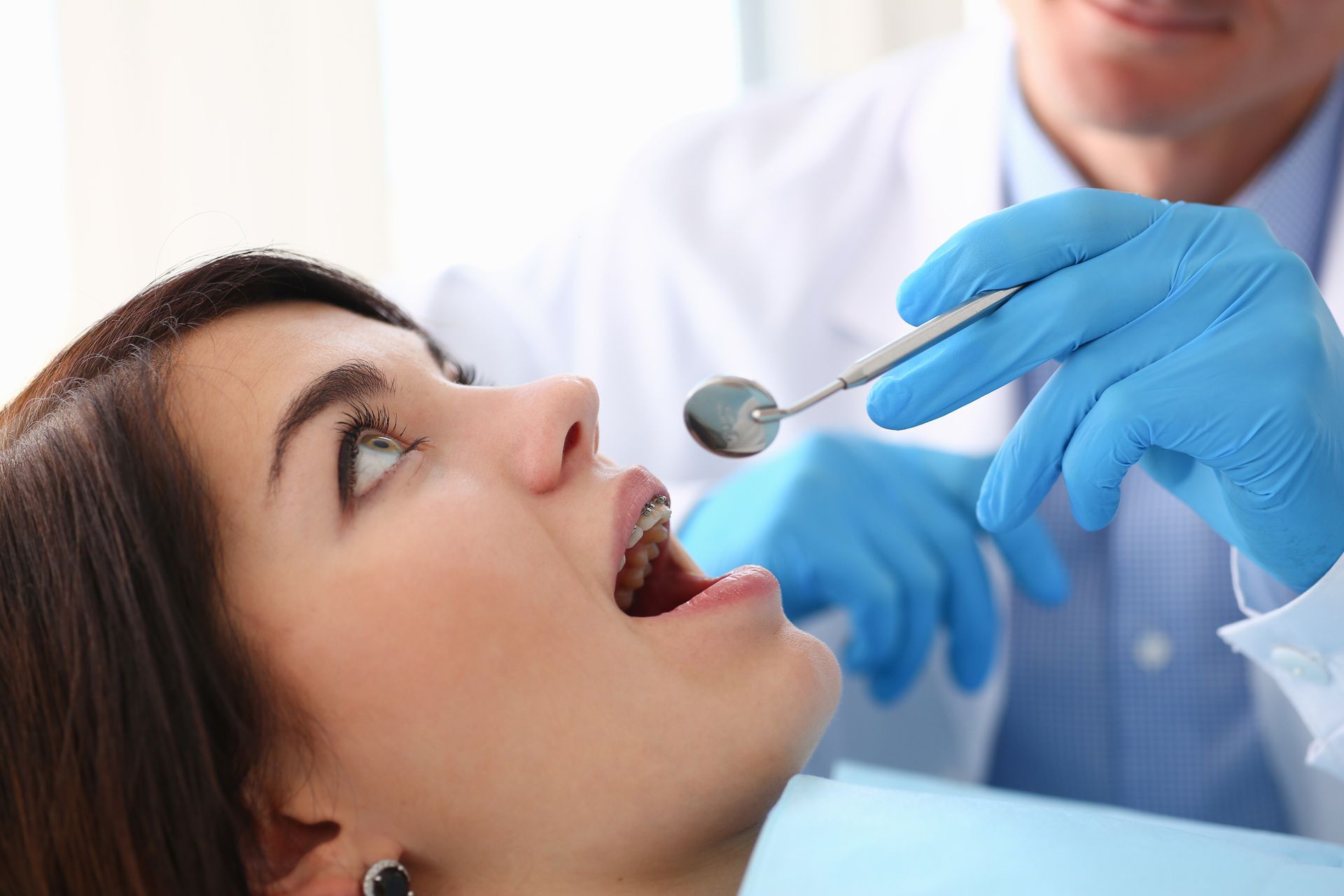Your Guide to Effective Flossing: Unlocking a Healthier Smile
Maintaining a radiant smile and ensuring the longevity of our teeth is something we all aspire to. An essential yet often underestimated player in the realm of oral hygiene is flossing. While most of us are aware of the necessity of brushing our teeth at least twice a day, flossing tends to be neglected or overlooked. This article aims to shed light on the critical role flossing plays in dental care, providing insights into its importance, correct techniques, and the various types of floss available. By understanding and incorporating flossing into our daily routine, we can protect our teeth and gums from potential diseases, ensuring a healthier, brighter smile.
What is flossing?
Flossing is the process of using a thin strand of waxed or unwaxed string to remove food particles and plaque from between your teeth. It is an essential part of maintaining good oral hygiene and should be done at least once a day. Flossing helps to remove debris and bacteria from areas that your toothbrush cannot reach, such as in between your teeth and under the gumline. This helps to prevent cavities, gum disease, and bad breath.
How do I floss correctly?
To floss correctly, start by taking several inches of floss and wrapping it around your middle fingers, leaving a few inches in between to work with. Gently guide the floss between each tooth using a back-and-forth motion, making sure to curve the floss around the base of each tooth. Be careful not to snap the floss against your gums, as this can cause irritation. Floss at least once a day, preferably before bedtime. This allows you to remove any food particles or plaque that may have accumulated throughout the day.
What type of floss should I use?
There are numerous options when it comes to floss, including waxed, unwaxed, flavored, and unflavored varieties. The key is to select a type that fits your preference and that you can use consistently. If traditional flossing is not possible for you due to limited dexterity or other reasons, alternative oral hygiene options are available. You can consider using floss picks, which are small plastic tools with a piece of floss threaded through a handle for easier handling. Interdental brushes, on the other hand, are small brushes designed to clean between teeth and around dental appliances like braces or bridges. Water flossers use a stream of water to remove plaque and debris from between teeth and along the gumline, offering a gentle yet effective alternative to traditional flossing. These tools can be particularly beneficial for individuals with braces, bridges, or other dental appliances that may make conventional flossing challenging.
What are the benefits of flossing?
Flossing plays a crucial role in oral hygiene by offering a myriad of benefits. It helps prevent tooth decay and gum disease, reduces bad breath, and enhances overall oral health. Additionally, flossing aids in the removal of stains between teeth, contributing to a brighter smile. This simple habit not only promotes dental health but can also lead to long-term savings by reducing the need for expensive dental treatments.
Flossing is a crucial step in maintaining optimal dental hygiene, playing a vital role that goes beyond just brushing your teeth. By incorporating flossing into your oral care routine, you actively combat plaque buildup and eliminate harmful bacteria. The choice of flossing method — be it traditional string floss, convenient floss picks, or a modern water flosser — is also important. Consistency in flossing and using the correct technique are key factors in achieving effective oral care results. By dedicating a few minutes each day to flossing, you can proactively prevent potential dental issues, ultimately safeguarding your oral health for the long term.
Contact our office to learn more about the importance of flossing.









